Interviews
Inspirations for Living Abroad (Japanese)
(Japanese) One reason I thought about moving abroad was Rocky Aoki. Rocky Aoki. Another reason was a racer named Tetsu Ikuzawa. And there was also a bullfighter named Mitsuya. He was the first Japanese bullfighter. I came across them from a book called “Boy’s Life” that I read as a kid. There was something about various interesting Japanese people. I thought that was amazing. Even now, the thing I think is amazing is the guy who became a bullfighter. It’s such a closed society. An Asian monkey-type person can’t do that…become a bullfighter. But that guy did it. You know it turns out he was second-generation Peruvian-Japanese.
I’ve had the chance to meet Rocky. Actually, I’ve met each of them. The guy named Mitsuya…his real name is Ricardo Higa. His Japanese first name is Mitsuya. I thought Mitsuya was his last name, but it was his first name. When he was still alive, he was the editor-in-chief of a newspaper. So their influence was extremely strong. When we were kids, too, we definitely had a desire to go overseas. That was especially true for the people of our generation.
One more thing was the dollar shock around 1972. Dollar shock. It went from 360 yen to 300 yen. And toilet paper disappeared from Japan. That’s how things were then. I thought things would work out if I put in the effort overseas.
Date: April 18, 2007
Location: Lima, Peru
Interviewer: Ann Kaneko
Contributed by: Watase Media Arts Center, Japanese American National Museum
Explore More Videos
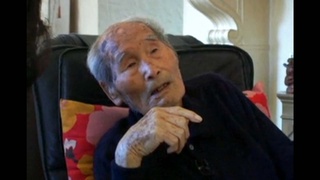

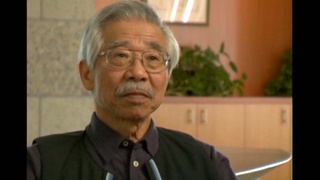
Family interrelations between mother and father
(1926 - 2012) Scholar and professor of anthropology. Leader in the establishment of ethnic studies as an academic discipline
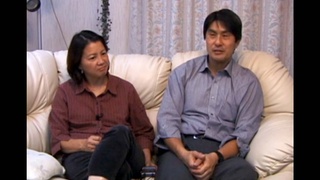
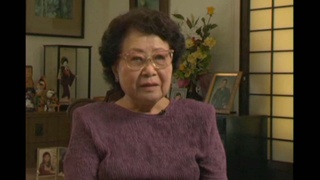
Going back to Hawaii
An expert researcher and scholar on Japanese immigrant clothing.

Picture brides and karifufu
An expert researcher and scholar on Japanese immigrant clothing.
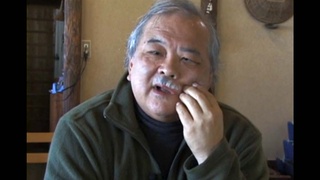
Grandmother's influence on decision to go to Japan
(b.1942) Japanese American ceramist, who has lived in Japan for over 30 years.
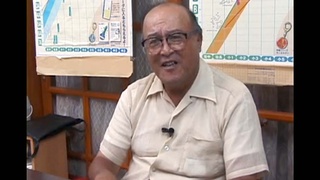
Impression of Japan upon arrival
(b.1935) American born Japanese. Retired businessman.
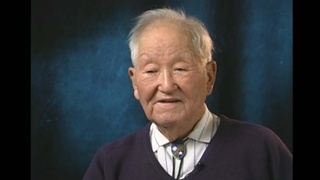
Kibei schoolchildren in Hiroshima, Japan
(b.1913) Kibei from California who served in the MIS with Merrill’s Marauders during WWII.
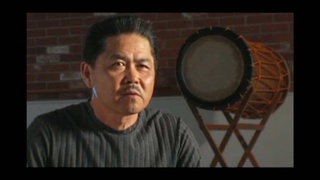
The reason he came to the United States (Japanese)
(1949 - 2019) Taiko player. Founded five taiko groups in Southern California
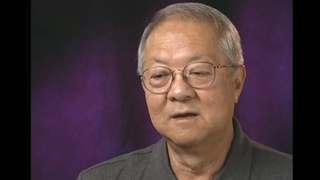
Activities growing up in Peru
(1930-2018) Nisei born in Peru. Taken to the United States during WWII.

Family's deportation from Peru to U.S. after the bombing of Pearl Harbor
(1930-2018) Nisei born in Peru. Taken to the United States during WWII.

Denied redress as a Japanese Peruvian
(1930-2018) Nisei born in Peru. Taken to the United States during WWII.
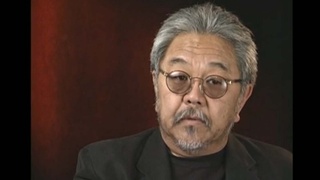
Grandfather's arrival in the U.S., experiencing discrimination
(b. 1939) Japanese American painter, printmaker & professor
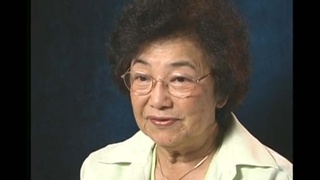
Mother's immigration to U.S. as a treaty merchant
(b. 1927) Japanese American Nisei. Family voluntarily returned to Japan during WWII.
